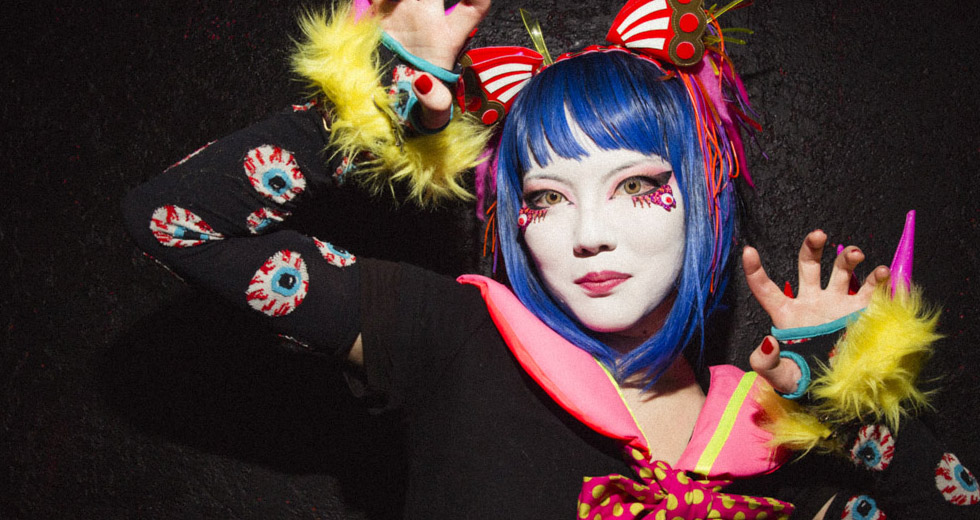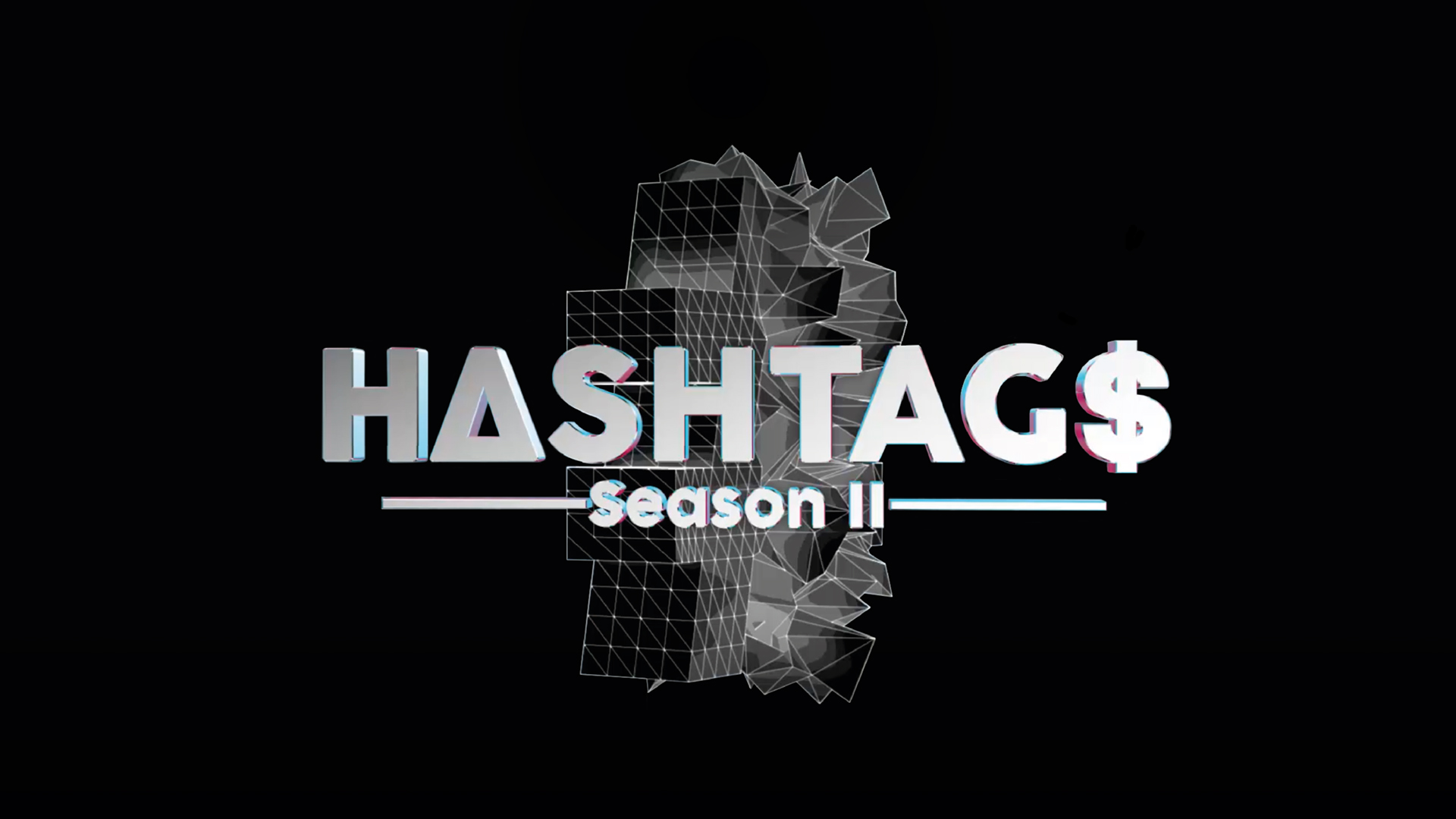What Is #Kawaii? Learn More in H∆SHTAG$, Season II
Patrick St. Michel examines the unclassifiable corners of kawaii in Japan and beyond
The word “kawaii” gets thrown around a lot in Japan. Spend a day in Tokyo and you might hear the word, generally translated to English as “cute,” used to describe clothing displays, pancakes topped with fresh fruit or kittens on display in pet store windows, as well as dozens of other things. It’s the defining characteristic – not to mention economic anchor – of the capital’s Harajuku neighborhood, home to the Kawaii Monster Cafe. It’s also so prevalent in Japan that Prime Minister Shinzō Abe’s wife, Akie, pointed to kawaii as a big reason women in the country are held back.
However, nailing down a single definition is a challenge, thanks to sub-descriptors such as “ero kawaii” (sexy cute), “busu kawaii” (ugly cute) and “kimo kawaii” (weird cute). Looking deeper at what this description even means reveals something beyond simple adorableness. Rather, “kawaii” is a specific sort of naïve, child-like, somewhat sympathetic cuteness.
Similarly, “kawaii music” comes in many shapes, ranging from sing-all-together-now idol groups to 8-bit synth-pop to breakcore that slices up anime samples into frantic new forms. Yet in the last few years, the adjective has seen increased usage in defining genres both in Japan and abroad. Melting it down to a specific sound remains a bit ambitious, but the latest mutation went mainstream courtesy of the playroom pop of Kyary Pamyu Pamyu, while underground producers such as Tomggg and Snail’s House have matched bells and xylophones up with contemporary electronic styles, finding like-minded users via the internet.
A generation of non-Japanese musicians who grew up during the heyday of the country’s pop culture boom – TV sets tuned to Sailor Moon, binders full of Pokémon cards, a Game Boy Color never far out of reach – embraced uptempo, colorful electronic sounds inspired by video game music, European dance music and certain strands of J-Pop, while often featuring a visual aesthetic inspired by Japan. Artists as mainstream in the Western world as Porter Robinson, Madeon and Anamanaguchi proudly let their Japanese influences shine through, resulting in bubbly numbers that often feel like escapes to a more naïve state – with a few unnerving twists along the way. And, despite Japanese pop culture largely being ignored or exoticized by the mainstream, the web helped create this community of folks all inspired by the same technicolor art.
Kawaii emerged in the 1970s, spurred by what Sharon Kinsella describes in her essay Cuties In Japan as a “cute handwriting craze” among teenagers. It soon spread to other areas such as fashion and stationary goods, the latter spurred on by the rise of the company Sanrio, who created a whole line of cuddly characters that could adorn anything they possibly could sell.
It wasn’t until the 1980s that Japanese music would get its first kawaii superstar. The country had seen plenty of idols rise to prominence in the 1970s – performers, mostly young women, dabbling in a variety of fields including television and radio – but Seiko Matsuda was the first to earn the kawaii label, thanks to her high-pitched voice and embrace of a child-like attitude. Her music went in all sorts of directions, but her innocent personality made her kawaii, and inspired pop stars in her wake to pick up similar mannerisms.
For the next few decades, music considered “kawaii” tended to refer to a certain general personality rather than any specific style, best applied to performers boasting a child-like visual style. Simple but effective rockers such as Shonen Knife could warrant the tag, as could a Shibuya-kei staple such as Takako Minekawa. Idol groups like Morning Musume and Perfume sounded dissimilar, but thanks to helium-pumped singing and cutesy subject matter, plus being groups comprised of teenage girls, they could both be tied together by kawaii. Still, no unifying sonic threads really emerged.
At the same time a generation of Western kids were becoming hooked on Japanese pop culture in the 1990s, a Japanese underground community of electronic hardcore creators hinted at what would eventually become a central element of digital-era kawaii music. Sometimes referred to broadly as J-Core, artists in this scene often scissored up dialogue from popular anime, sprinkling it over their pulsing dance sounds. They were putting their own spin on an existing genre, using elements of pop culture they personally enjoyed. Coupled with a boom in video games such as Beatmania and Dance Dance Revolution – titles often featuring tracks from J-Core artists – this style spread both domestically and internationally.
In Japan, artists with a love of anime or video games kept incorporating elements (or samples) of them into their music, especially in the nation’s burgeoning netlabel community, where digital imprints such as Maltine Records highlighted artists borrowing heavily from cartoons or creating bubbly pop tunes. More explicitly, kawaii music grabbed mainstream attention in the country through virtual pop star/singing synthesizer avatar Hatsune Miku (who can be programmed to not sound upbeat and chirpy, but whose biggest hits all operate in a kawaii-appropriate mode), and especially via the emergence of Kyary Pamyu Pamyu, a Harajuku blogger-turned-model-turned-pop-star whose 2012 song “PonPonPon” went viral beyond her home country. Today, she even co-stars in videos with Charli XCX.
One reason for Kyary’s global success was that her image and music seemingly confirmed many people’s idea of what Japan is all about – bright colors, high-pitched singing, a misleading sense of weirdness – making it ideal fodder for YouTube sharing. It’s reflective of how kawaii music emerging in the last few years is, more than anything else, inspired by whatever image Japan and Japanese pop culture has in a given artist’s mind. Canadian producer Ryan Hemsworth takes deep inspiration from the nation’s music, while PC Music’s entire take on electronic pop owes a massive debt to J-Pop (label head A.G. Cook’s ILLAMASQUA 彩る MIX for Logo magazine – no longer online – nodded to this, loaded up as it was with uptempo Japanese cuts). Even main-stage EDM has had a cuter side come through in recent years via DJs such as Slushii and Marshmello, the latter even wearing a mask sporting a cute, somewhat pathetic smile.
Kawaii music internationally, then, is music indelibly shaped by Japanese pop culture, and which in many cases feels like young artists using more upbeat and bright sounds to escape from the relatively bleak realm of adulthood in favor of idyllic childhood. Still, the beauty of kawaii is in its layers. Western labels such as Zoom Lens link kawaii concepts up with heavier emotions, while Attack The Music builds on J-Core ideals, merging brighter sounds with piston-pounding dance styles. In Japan, Omoide Label dabbles in Chicago-born juke and Jersey club, while emerging artists such as Yunomi and YUC’e marry bass whirlwinds with cuddlier details, dubbed by many “kawaii bass.”
Japanese pop culture of all sorts – including a lot of the nation’s kawaii output – often only gets attention from the Western mainstream as something to gawk at due to its perceived wackiness. The kawaii sub-culture in music, however, uses the internet as a way to promote an alternate view, highlighting Japan-inspired songs not as oddity but rather as something sincere – and often extremely catchy.

